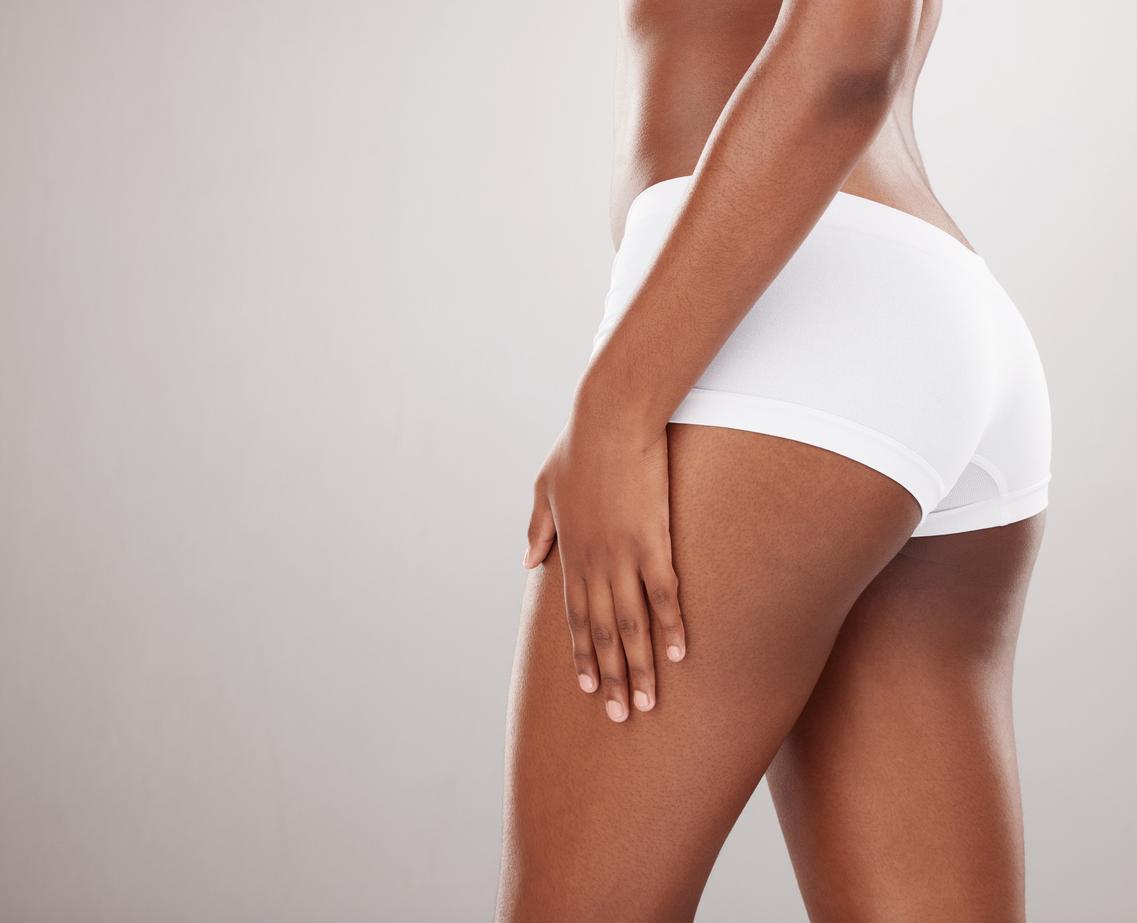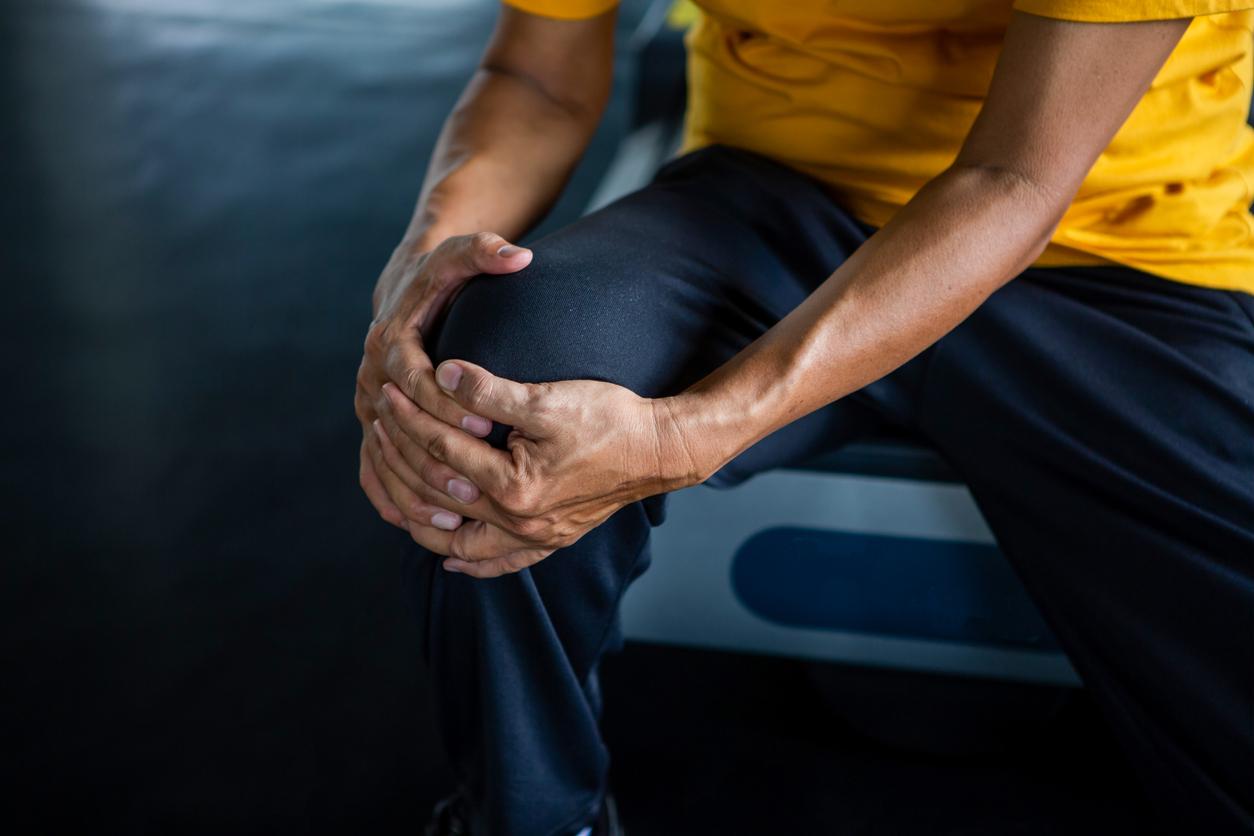Viscosupplementation consists of injectinghyaluronic acid directly into the joint, especially at the knee. It is offered when other treatments (medication, etc.) are no longer effective enough and before considering fitting a prosthesis. Hyaluronic acid is a viscous and elastic substance naturally present in the synovial fluid, which coats the cartilage. But, in the joints affected by theosteoarthritis, it is of lower quality and in less quantity, which makes the cartilage more vulnerable to friction. The injections then make it possible to alleviate this problem, to lubricate the joint, to improve its mobility and to reduce the pain. “We consider that these injections give good results in 70% of cases”, says Dr. Jean-Luc Renevier, rheumatologist. However, they must be renewed every year, cost 100 to 250 € and are only covered by health insurance for osteoarthritis of the knee.
A great deal of research is currently being carried out all over the world on the stem cells. Taken from the bone marrow, where they are more specialized for the creation of cartilage and bone, or from the patient’s fatty tissue, they are, in principle, capable of transforming into any type of cell and therefore, why not, in cartilaginous cells. In Marseille, Dr. Michel Assor, orthopedic surgeon, uses stem cells from bone marrow to rebuild cartilage. The first results of a clinical trial were published recently: they are favorable over a period of four years. If they are confirmed, the treatment could be definitively validated. According to the surgeon, this technique could significantly limit the number of knee prostheses.
“When osteoarthritis affects the hip, fitting a prosthesis is the treatment par excellence. The pain disappears the next day and there is not even any need for rehabilitation anymore,” says Dr. Renevier. The prosthesis is also the only surgical treatment that cures osteoarthritis of the hip. And it is the only one to be supported by Social Security. Concerning the other joints, things are unfortunately a little more complicated. “In the case of osteoarthritis of the elbow, wrist, ankle or shoulder, it is sometimes possible to fit a prosthesis. But, for the moment, these are often fairly experimental models and we have little perspective on their effectiveness,” says Dr. Renevier. For the knee, there are two main types of prosthesis. Either partial: only one of the three compartments of the knee is replaced (internal, external or patellar). Either total: the cartilage of two or three compartments is replaced. The surgeon chooses one or the other depending on the severity of the osteoarthritis. Nevertheless, recognizes the rheumatologist, “Knee prostheses remain less efficient than hip prostheses. After the intervention, it takes at least two months of rehabilitation and it often takes a year before the patient regains all his mobility and no longer feels any pain”.
In some cases, osteoarthritis of the knee may be due to a malformation of the bones of the leg (most often the tibia, sometimes the femur): these are not perfectly straight, which leads to localized wear of the cartilage. The osteotomy therefore consists of cutting the tibia and inserting a callus at the level of the section to straighten the leg bone. If it does not repair the osteoarthritis itself, this surgical treatment makes it possible to relieve the support of the knee and, if it is carried out in the first phases of the osteoarthritis, prevents it from getting worse, which is all the more important when the patient is young. “This intervention is effective in the long term for moderate osteoarthritis but, for stage 4 osteoarthritis, with extensive loss of cartilage, pain reappears after a few years and cartilage degradation continues”, says Dr. Assor.
Practiced only by a few surgeons and rheumatologists, a new treatment involves taking blood from the patient, then centrifuging it to extract the plasma with platelets and growth factors. After possibly adding a little hyaluronic acid to the mixture, it is injected directly into the joint, under local anesthesia. The patient goes home after 10 minutes of rest. “It seems that these injections of PRP (platelet-rich plasma) are more effective against pain than those of hyaluronic acid. Furthermore, it is believed that the growth factors it contains stimulate the remaining cartilage cells, which could help repair the cartilage. We still have to prove it and for that, clinical trials are currently underway,” says Dr. Renevier.
|
Say doctor… Can you get a prosthesis at any age? A hip prosthesis has a lifespan of twenty years, sometimes more. It is therefore possible to ask in fairly young people, around 50-60 years. From now on, it can also be considered at 80-90 years old, in patients in good shape, who can start walking again two days after the operation and thus regain a good quality of life. l For that of the knee, it is a little more delicate. In principle, we wait 60 years, when the daily discomfort has become too great. We avoid doing it too early, because a young person makes more work on his joint, which weakens the prosthesis. The resumption of activities must be cautious, avoiding certain sports. |
For further
Prevent osteoarthritis
Treat osteoarthritis
living with osteoarthritis
















